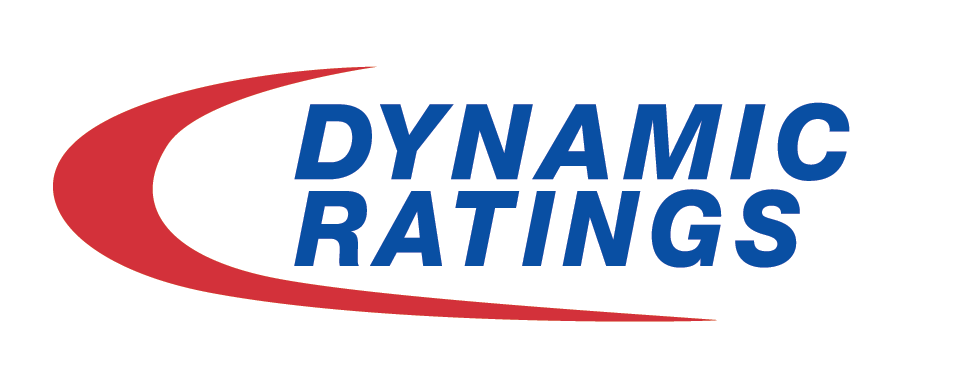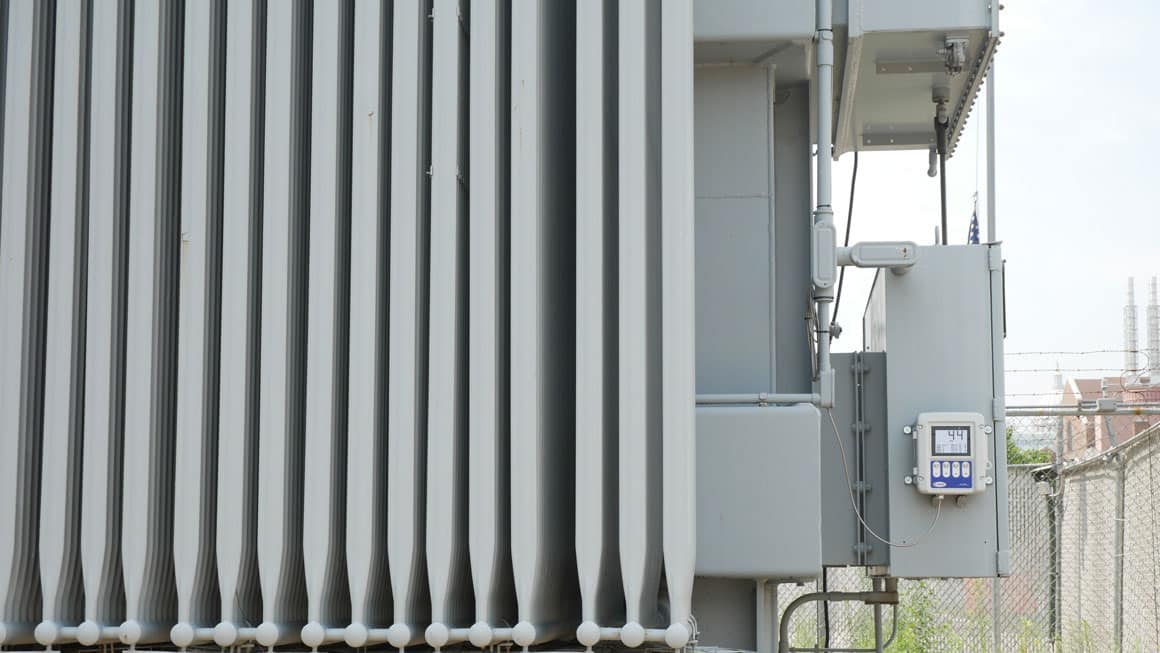DGA Monitoring
Why should I implement DGA Monitoring on my power transformer?
Dissolved gas is a leading indicator of the health of a transformer. Dissolved gas analysis (DGA) helps determine the types of abnormal events that may be occurring within the main tank. Therefore, it is an effective way to analyze partial discharge, arcing, excessive thermal conditions and more.
DGA testing is performed on an annual basis to determine the levels of gas dissolved in the oil. However, one in three transformer failures occur within 12 months of testing, sometimes due to gases going undetected between testing cycles. Online DGA monitoring provides a continuous look at the gases in the main tank. There are two types of DGA monitoring: key gas and multi-gas.
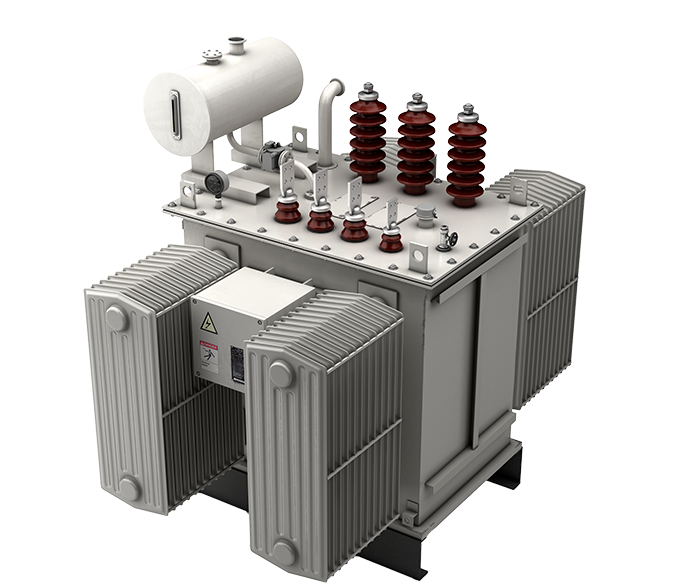
Key Gas Monitoring
Key gas monitoring is a cost effective solution that allows monitoring to be implemented more widely across the entire fleet. It’s an effective method that detects hydrogen generation levels inside a transformer’s main tank. Hydrogen generation occurs when thermal levels are above a transformer’s normal operating temperature. Therefore, monitoring for key gas components provides an early indication of most abnormal operating conditions that may occur in the main tank.
Advantages and Disadvantages of Key Gas Monitoring
Hydrogen gas alone doesn’t provide enough data to perform a diagnosis as to the type of fault which is occurring. But it is effective at providing an early indication of incipient faults, thereby reducing the chances of a transformer failing without some advance warning. This allows for better management of assets.
Key gas monitoring, when used in conjunction with a good maintenance program consisting of routine DGA sampling and electrical testing, offers a dependable, cost-effective alternative to multi-gas monitoring.
DOWNLOAD THE KEY GAS MONITOR COMPARISON CHART
Download our handy comparison guide of key gas monitors available on the market today.
Types of Key Gas Monitors
Solid State-Palladium Based Sensor
- Self-calibrating
- Most commonly used in multi-gas sensors
- Measures only hydrogen
Fuel Cell Sensor
- Usually provides a composite measurement of hydrogen, acetylene, ethylene, and carbon monoxide
- Uses a membrane to diffuse gases from the oil for measurement
- May require periodic calibration
Introducing the B100 Electronic Temperature Monitor with Hydrogen
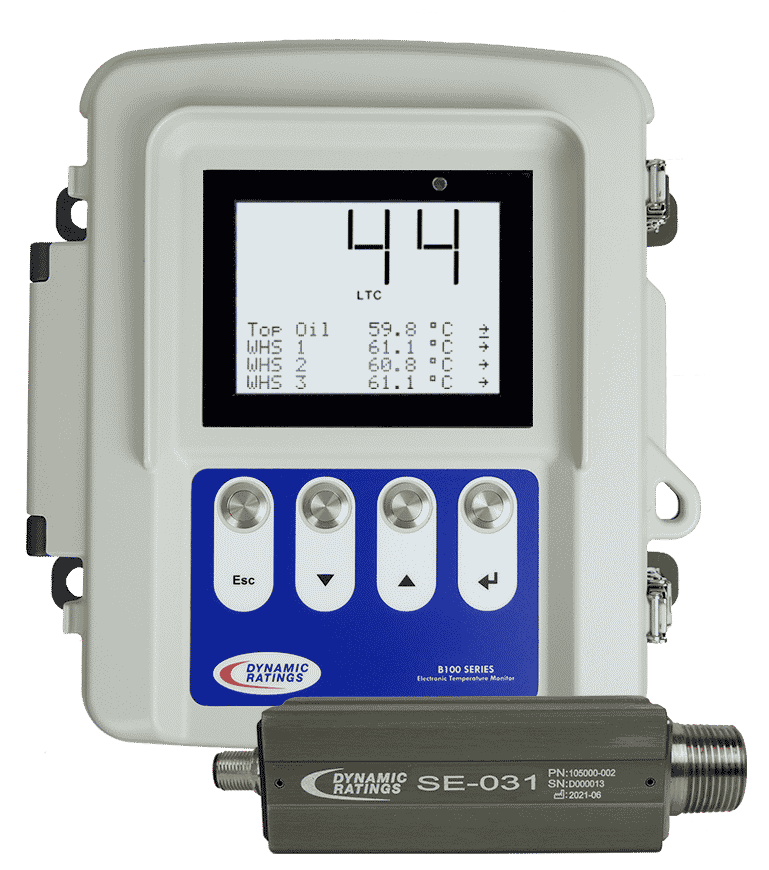
The B100 ETM is an analog gauge replacement that provides accurate indication of problems inside the transformer via fault gas detection. Add on the optional hydrogen sensor for an all-in-one, low cost solution that provides remote notification of any problems detected.
Multi-Gas Monitoring
Multi-gas offers advantages over key gas monitoring for critical transformers, transformers subjected to heavy loading, load fluctuation, and transformers that are regularly switched in and out of service. Multi-gas monitoring continuously provides a detailed analysis of a transformer’s condition.
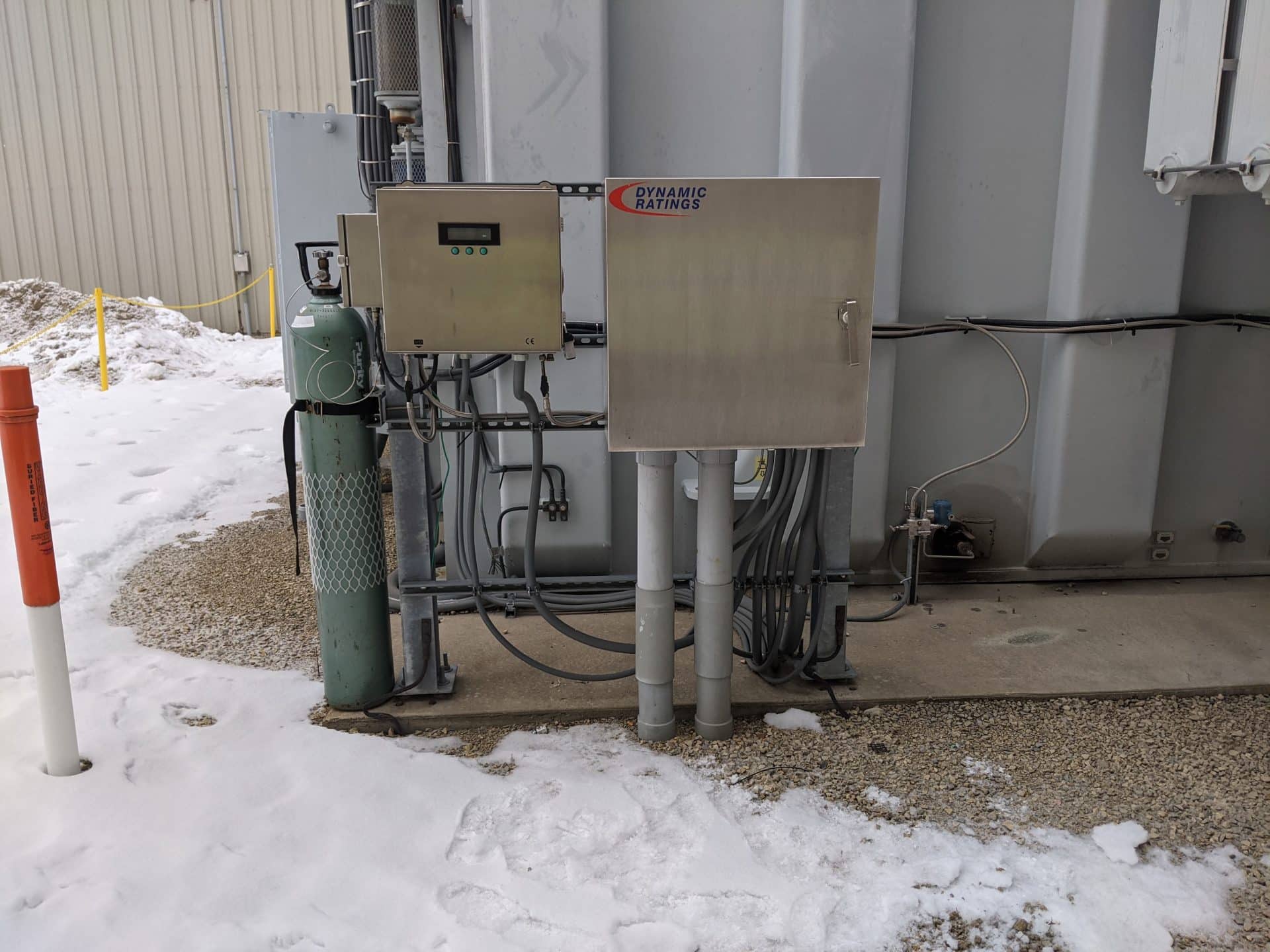
Types of Multi-Gas Monitors
5 Gas Monitor
- Typically looks at hydrogen, methane, ethane, ethylene and acetylene (combustible gases)
- Allows for online diagnosis of fault gases (Duval’s triangle and pentagon, Doerenburg’s ratio, Roger’s ratio and Stenestam’s ratio for analysis of LTC and OCB DGA)
7 Gas Monitor
- Includes combustible gases as well as carbon monoxide and carbon dioxide
- Provides the ability to analyze fault type as well as levels of carbon dioxide and carbon monoxide. This is useful for identifying degradation of solid insulation systems through trending of carbon oxide ratios and carbon monoxide levels
9 Gas Monitor
- Provides the ability to identify fault type (arcing, thermal, partial discharge)
- 9 gas includes oxygen and nitrogen levels which is useful for identifying exposure to atmosphere
Advantages and Disadvantages of Multi-Gas Monitoring
Multi-gas monitoring is ideal for critical transformers. It allows you to extend routine maintenance and allows for a quick assessment of the transformer’s condition. Multi-gas monitors can require periodic maintenance and typically have a shorter life span than key gas monitors.
DOWNLOAD THE MULTI-GAS MONITOR COMPARISON CHART
Download our handy comparison guide of multi-gas monitors available on the market today.
Methods for Measuring Multi-Gas DGA
Gas Chromatograph
- Requires helium carrier and calibration gas consumables
- Requires periodic maintenance
- Auto calibrating based on National Institute of Standards and Technology
- High level of accuracy
IR (Infrared)
- Use infrared frequency to measure extract gas
- Requires inclusion of other technologies, as not all gases have an IR signature
- No renewables required
- Sensitive to interfering gases
PAS (Photo Acoustic Spectroscopy)
- No renewables
- Can measure very low gas levels
- Sensitive to interfering gases
- Uses photoacoustic detection to detect gas levels
